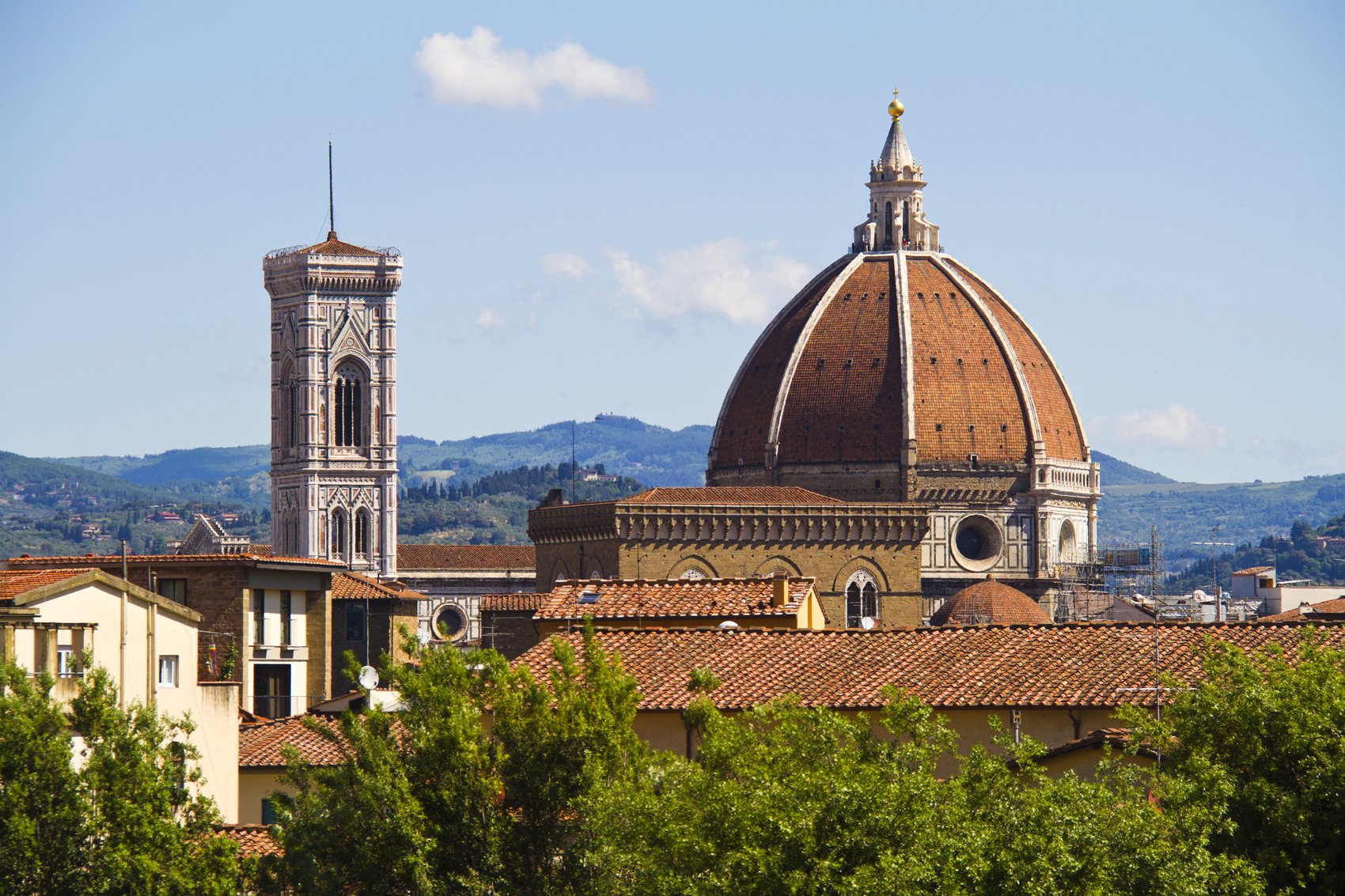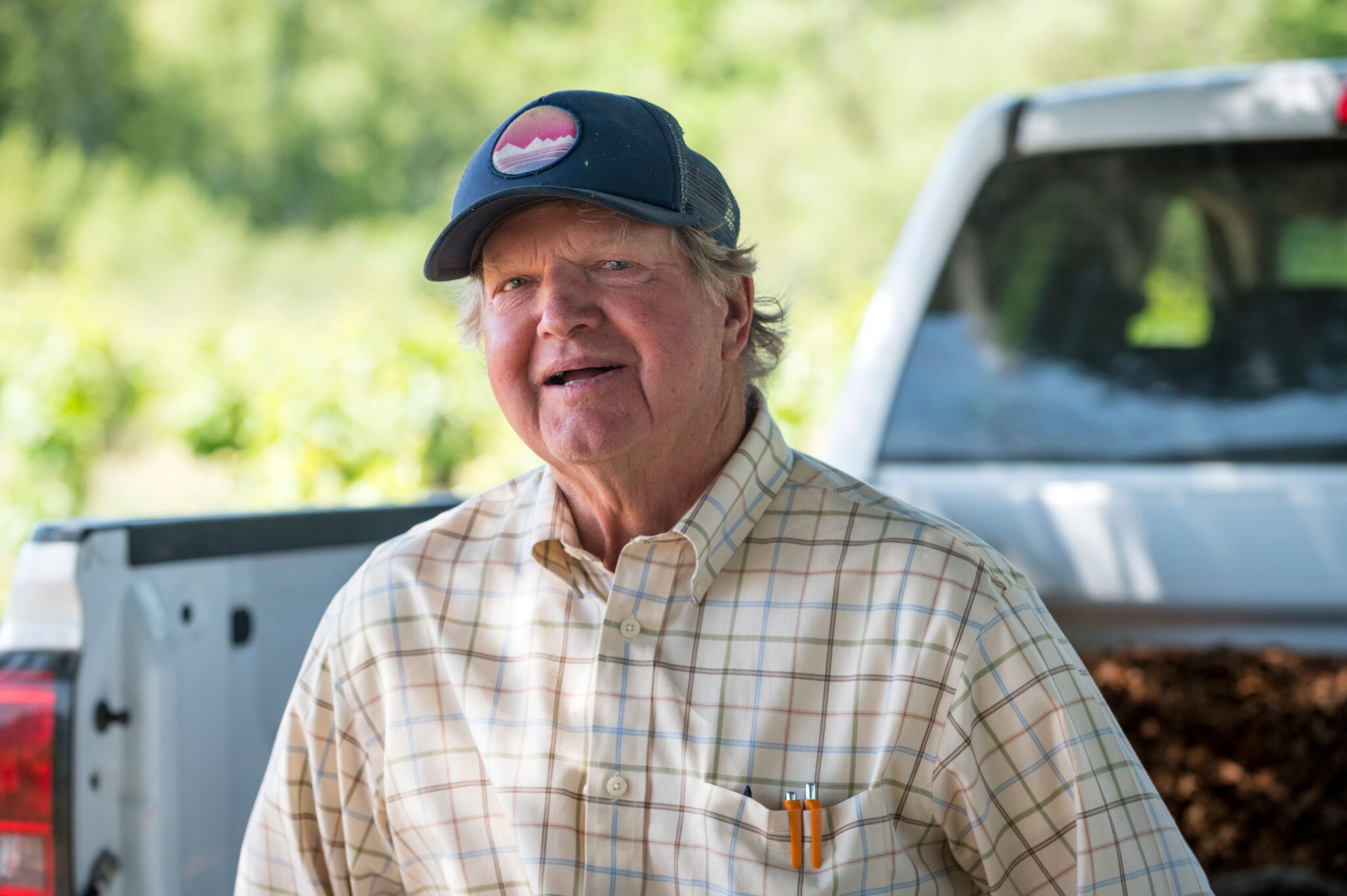Wine Enthusiast has named Gundlach Bundschu’s 2021 cabernet sauvignon-malbec one of its Enthusiast 100—The Best Wines of 2023. The wine received 95 points out of 100, a rating meaning “superb—a great achievement.” Deeming the Bordeaux-style red blend “quietly powerful,” Wine Enthusiast described the “deep, concentrated, and tannic” wine as “elegant, showing finesse in the velvety tannins, plush black currants and black cherries, and layered-in oak spices of vanilla, cocoa, toast, and mint.”
Gundlach Bundschu’s 2021 cabernet sauvignon-malbec is included in the current shipment from the Cal Alumni Association’s Graduate Wine Collective, which features wines made by Cal alumni. Jim Bundschu and the Gundlach Bundschu Winery are ecstatic to share this wine with Berkeley alumni, and this most recent honor represents decades of work from Bundschu and his family. In fact, 57 years after graduation, Bundschu still feels that his time at Cal left an indelible imprint on his life.
For Bundschu, Cal spirit was a seed planted in his youth. “I was both excited and proud to be accepted into Cal for the fall semester of 1961,” Bundschu says. “My father, Towle, class of 1941, had successfully brainwashed me throughout my high school years, insisting that I would never regret the ‘Cal Experience.’ He proved to be right.”

Bundschu vividly recalls one of those distinctly Cal experiences. “I was a sophomore when the nascent Free Speech Movement on college campuses, and its resulting consequences, began to be debated at the corner of College Avenue and Bancroft Avenue, on the Cal campus. Should freedom of speech be permitted on college campuses? Faculty, university administrators, and students all had differences of opinion about the Free Speech Movement. The issue did not lend itself to easy conclusions. The Cal academic atmosphere was electric. We received our highly regarded undergraduate education from Cal and through Berkeley street osmosis we learned to explore and think for ourselves about a subject that is neither black or white.”

In 2009, Bundschu handed leadership of the winery to the next generation—his son, Jeff. The following story was originally published that same year in Breakthroughs, the magazine of Rausser College of Natural Resources. Says Bundschu of passing down his family’s legacy: “Today our three children—sixth generation winemakers—make most of our business decisions. I chime in on the subjects that are neither black nor white, more art than business.”
Wine from the Sonoma Valley hasn’t always been so glamorous. Jim Bundschu recalls his dad hanging out at the kitchen table in the early 1960s with California Burgundy jug pioneer August Sebastiani, playing the card game pedro. “They’d be drinking wine out of peanut butter jars while my mom made slumgullion,” says Bundschu, who oversees the vineyards of the Gundlach Bundschu estate in the hilly Carneros region of Sonoma. The family-controlled winery celebrated its 150th anniversary earlier this year. But in 1966, with a stiff new diploma in agricultural economics from the College of Natural Resources, Bundschu recognized the potential—maybe not for glamour, but certainly for glory.
Bundschu, together with a handful of other aspiring vintners, saw the potential of premium, estate-bottled California wines. The American wine industry’s greatest generation—guys like the late Robert Mondavi—witnessed the transformation of the Napa and Sonoma valleys from a weedy agricultural outback of commodity grapes and slumgullion to a region with a worldwide reputation for first-class wines. And, of course, a landscape that generates a multibillion-dollar chunk of the state’s economy.
In 1999 Bundschu handed over executive responsibilities to his son Jeff—the sixth generation to direct the business—so that he could focus on the vineyards, with their gewürztraminer, chardonnay, cabernet sauvignon, and zinfandel varietals. “My interest is in farming anyway,” he says. At 64, Jim Bundschu is lean, with a wiry mass of sandy hair, sporting Wranglers and scuffed cowboy boots as he moves around the cluttered office in one wing of his family’s rambling home, built in 1918 from local stone. His modesty seems out of proportion with Gundlach Bundschu’s success. Listen, for instance, to his pronunciation of the family business: Gun-lock Bun-shoe. All traces of the original German bred out of it, with a ring as solidly American as if it named a brand of farm machinery.

Bundschu worked in the family vineyards during summers and after school—you get the feeling he’s always been happier seated on a tractor than in a desk chair. Even as a brother in the Zeta Psi house during the potent atmosphere of Free Speech Movement-era Berkeley, he was tagged a hayseed. Teased for it, too. Bundschu’s father, Towle—himself a Cal man—persuaded his son to consider Berkeley instead of the more ag-friendly Davis, with its burgeoning department of viticulture and enology.
“He told me, ‘You already know about grape growing. Why don’t you go and learn about the world?’” Bundschu says. But there was nothing wet behind the ears about Bundschu’s post-Cal resolve, to revive the family vineyards beginning in 1969. More than 100 years earlier, Bavarian immigrant Jacob Gundlach planted the winery’s original vines on a 400-acre spread dubbed Rhinefarm. In 1868 another German immigrant, Charles Bundschu, joined the winery, one of only a dozen in California’s nascent industry. But after the 1906 earthquake destroyed the company’s winemaking facility in San Francisco, operations returned to Rhinefarm and Gundlach Bundschu reinvented itself as a small estate producer.
Beginning in 1919, Prohibition all but killed the business. Rhinefarm shrank to just over 100 acres. It did produce some grapes for the juice market, but focused mostly on its pear orchards. When the 18th Amendment was repealed, Jim Bundschu’s father grew wine grapes for sale to then-prestigious wineries like Almaden. Bartlett pears, however, were still more important to the family account books than pinot noir.
“He told me, ‘You already know about grape growing. Why don’t you go and learn about the world?’”
—Jim Bundschu ’66
By the mid-1960s, more and more Americans were drinking wine. For the first time in 50 years, estate-bottling wines in California began to look like a viable business enterprise. Fresh from the Zeta Psi house, Jim Bundschu didn’t begin with a far-sighted scheme to become a celebrated winemaker. “I had no economic plan whatsoever, except that I knew I wanted to grow wine grapes,” he says. He got a contract to sell wine grapes to Sebastiani; at the same time, he made 300 cases of Gundlach Bundschu zinfandel (released in 1973). Bundschu replanted Rhinefarm’s 200-plus acreage with new vines; today they are spread over more than 300 acres.
“The excitement was unbounded,” Bundschu says. “We were able to focus on the quality of the fruit and on what an acre could produce.” It was this excitement that fueled a huge change in the global wine industry, as Bundschu, together with Sebastiani, Mondavi, Inglenook, and even Gallo, combined new viticulture and winemaking technologies in the rapid pursuit of quality. And while other wineries of the same generation pursued massive output—Fetzer, for instance, produces more than 5 million cases a year—Bundschu opted for measured growth and family control, becoming a top estate producer of wines the San Francisco Chronicle calls “elegant and silky.”
Bundschu went to Cal to learn about the world, and ended up helping to change it.
Join The Graduate Wine Collective, the Cal Alumni Association’s wine club.

Birdsall, John. Breakthroughs, Spring 2009. Rausser College of Natural Resources. Reprinted with permission.




















